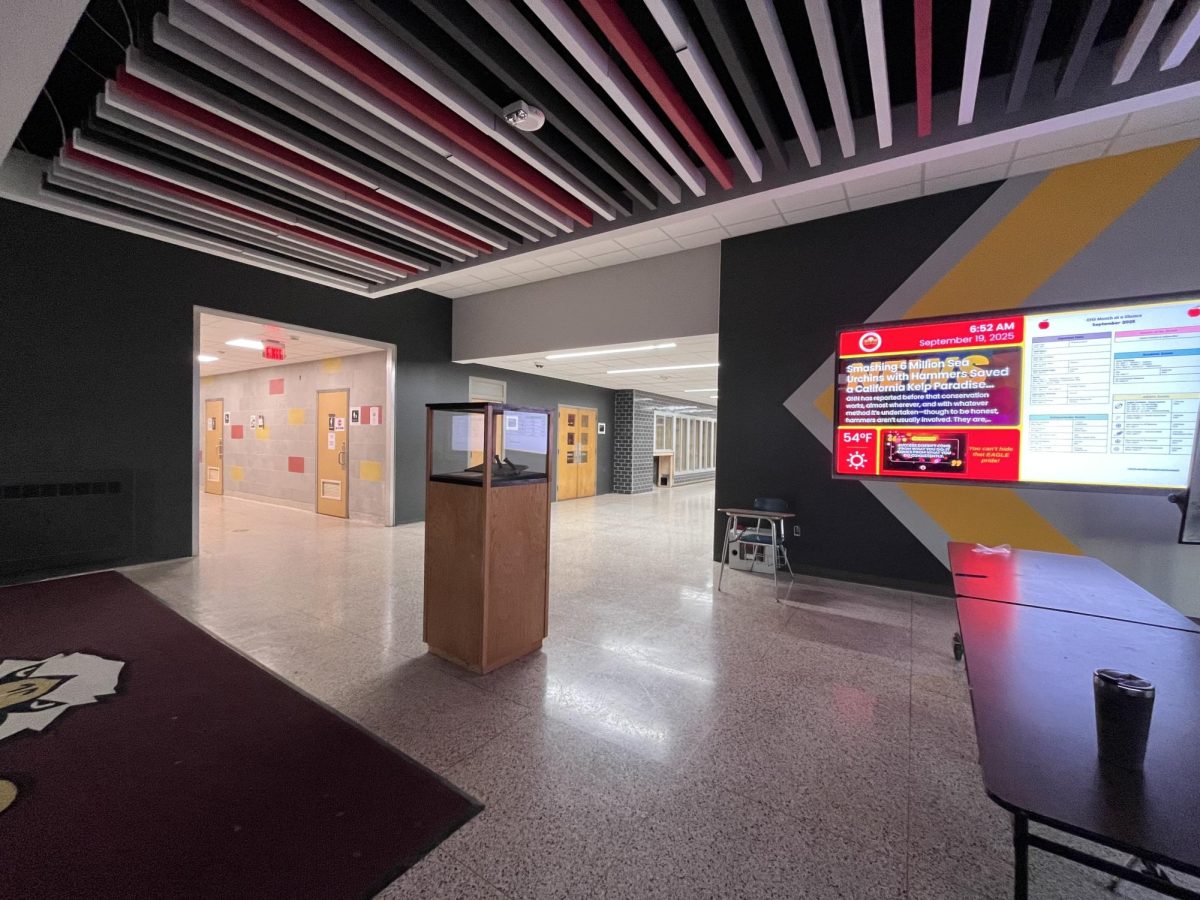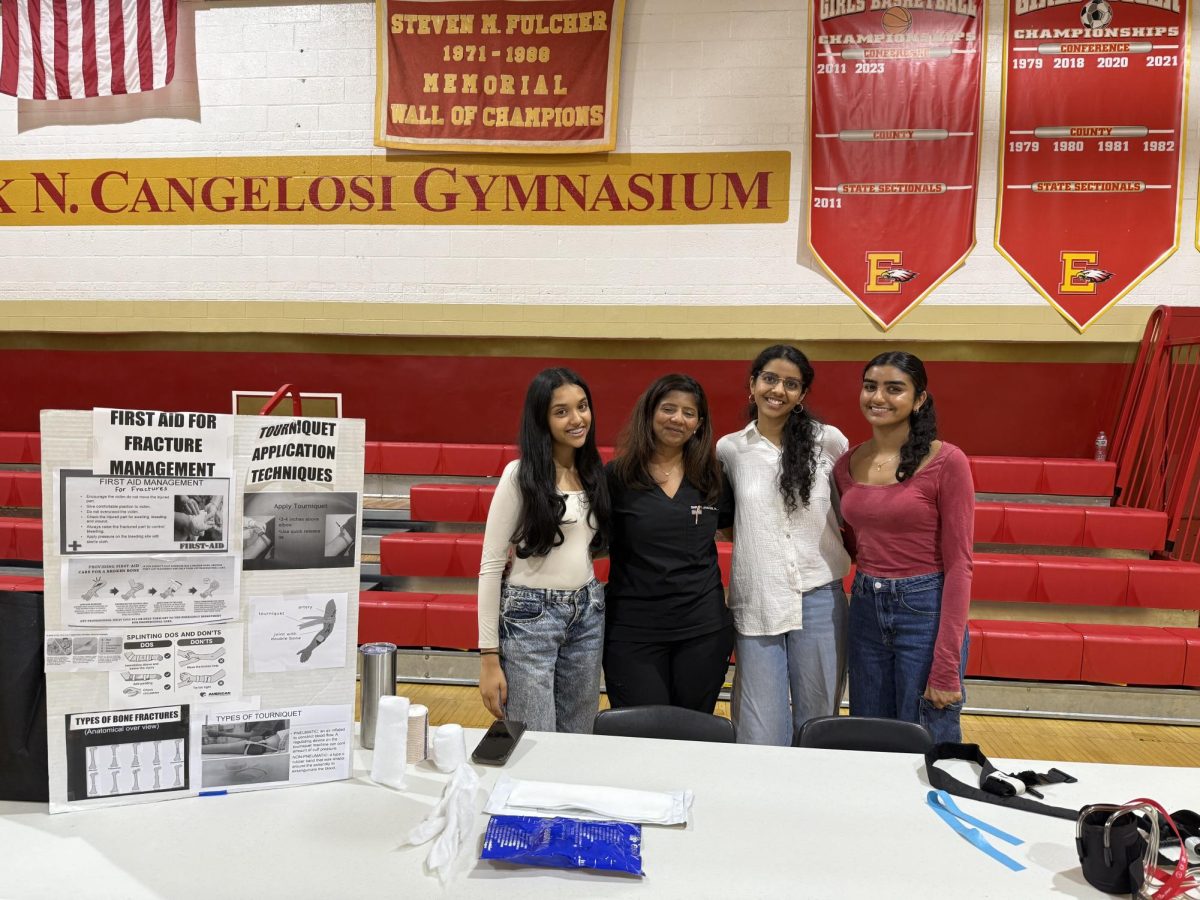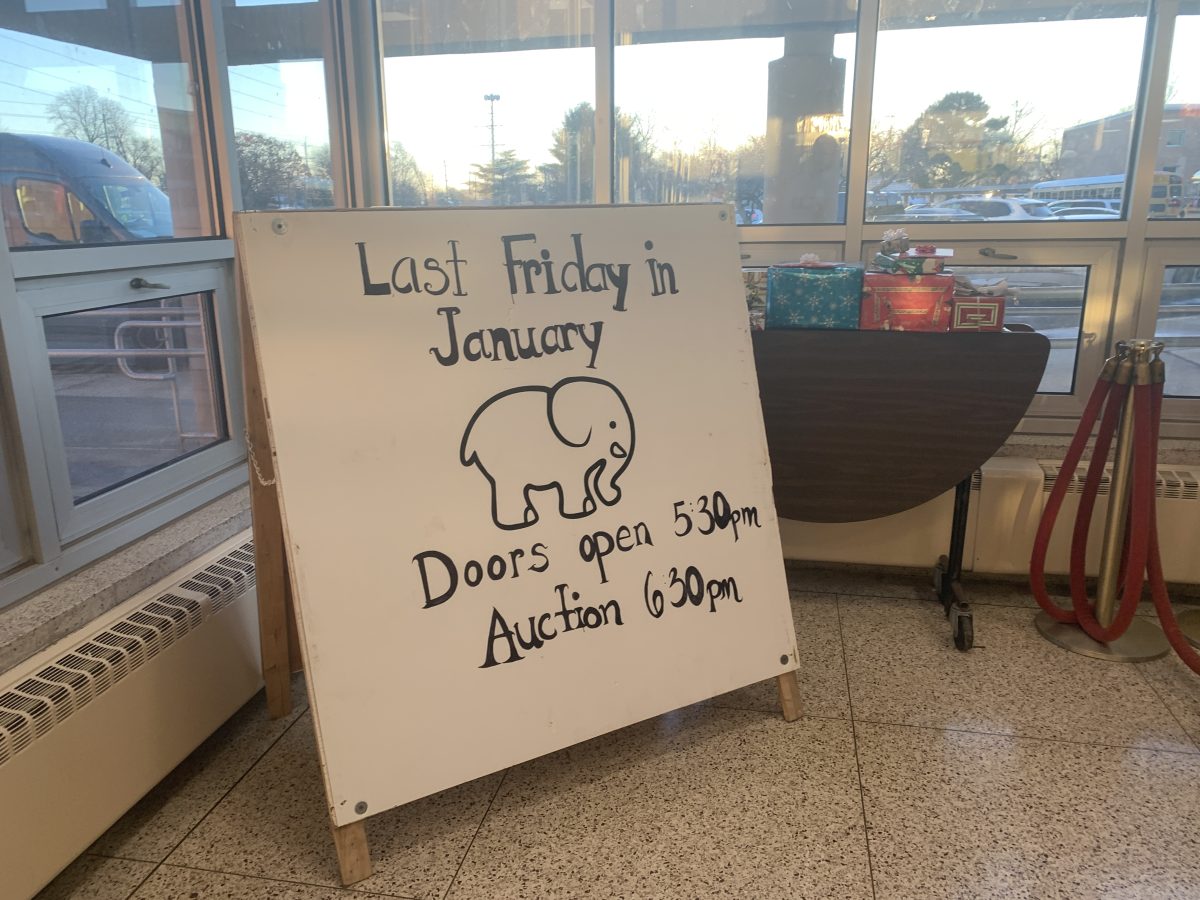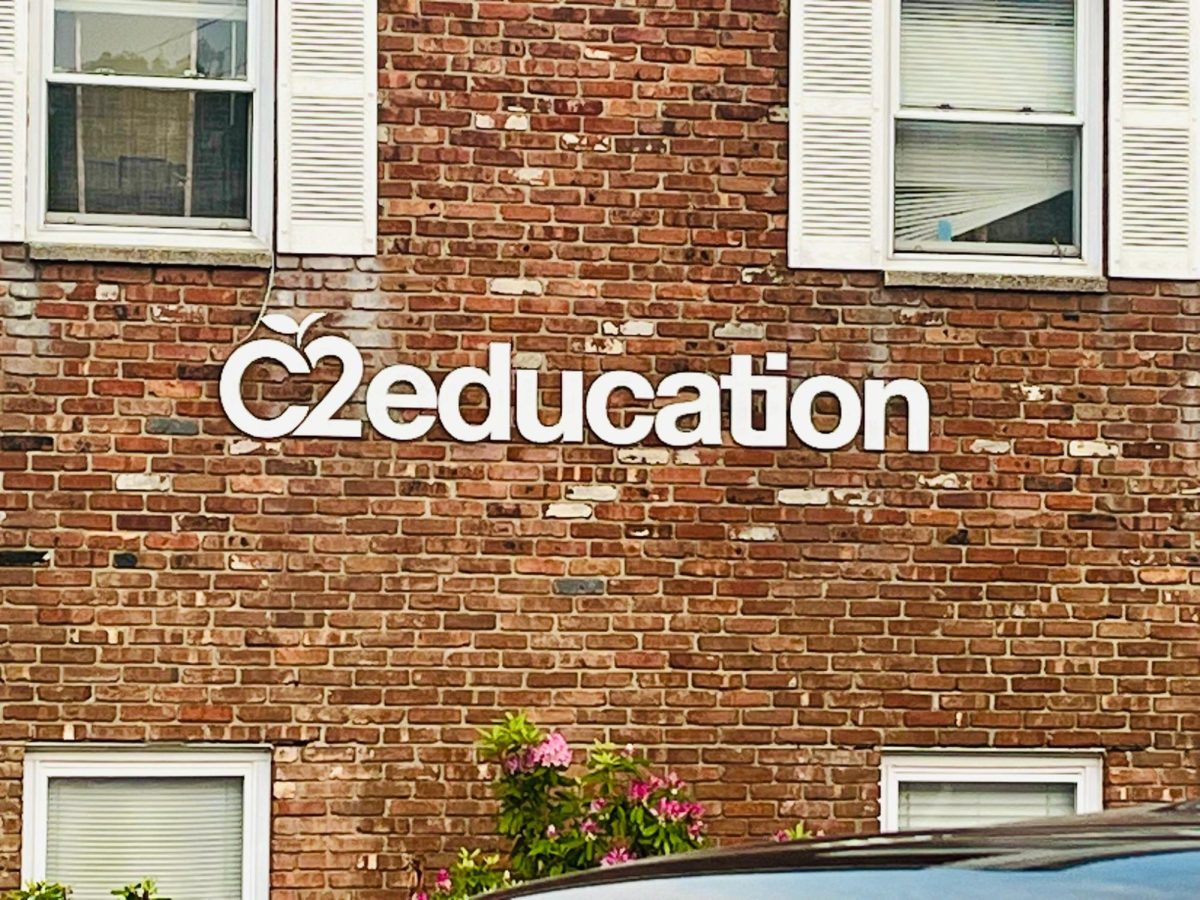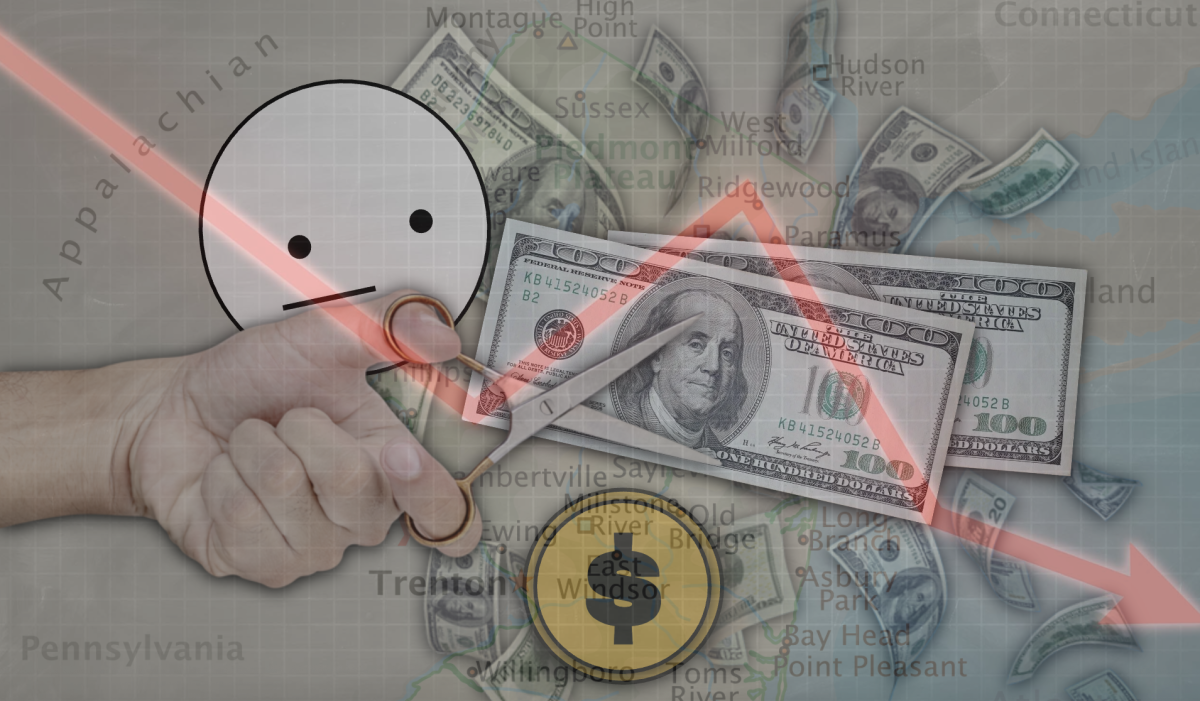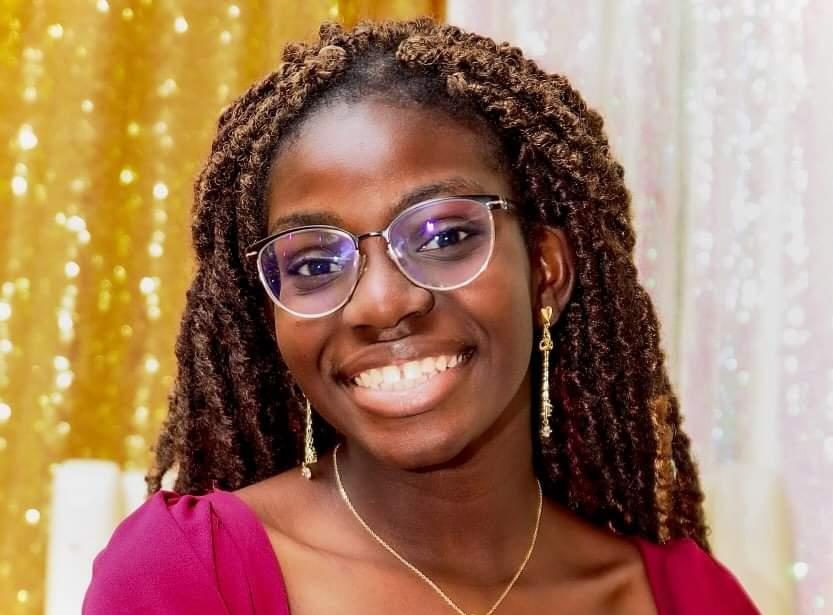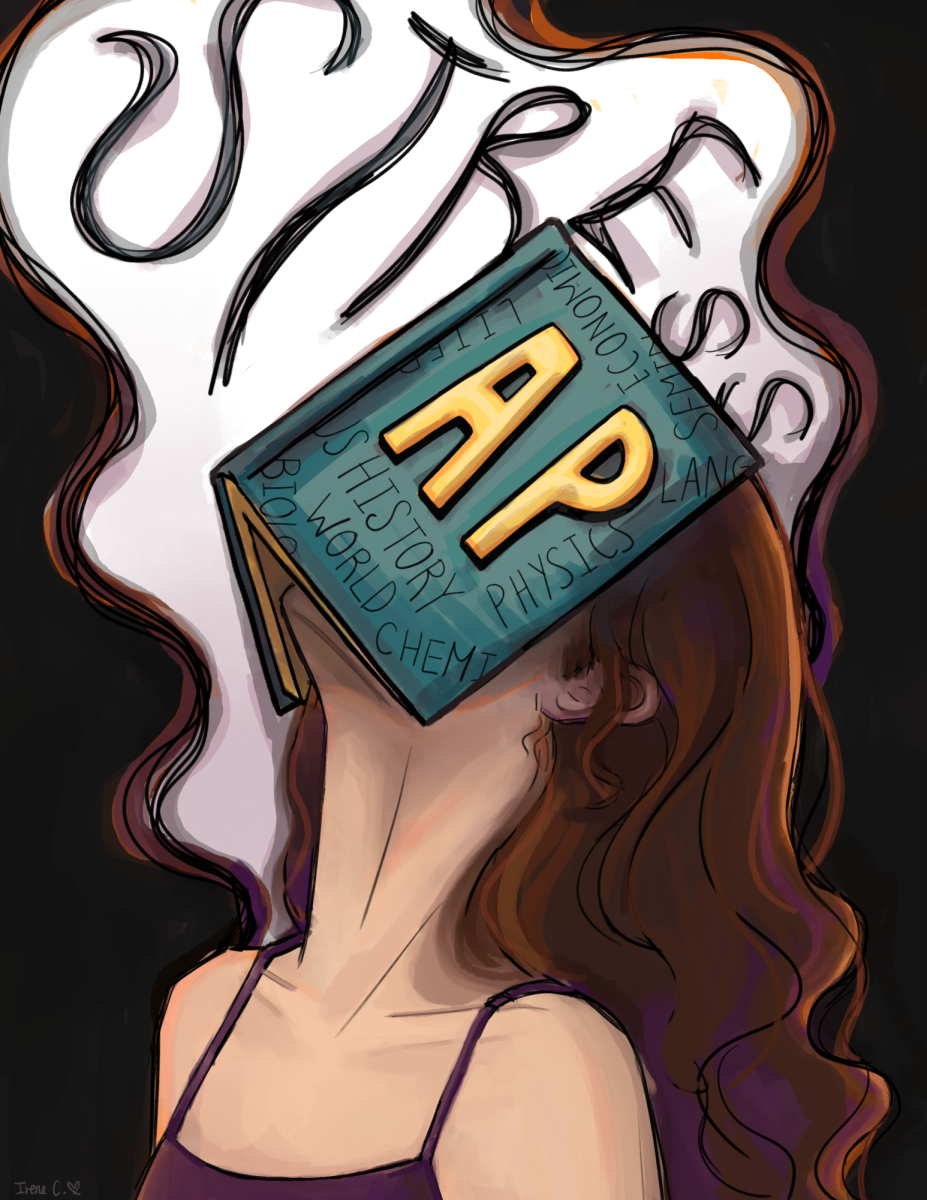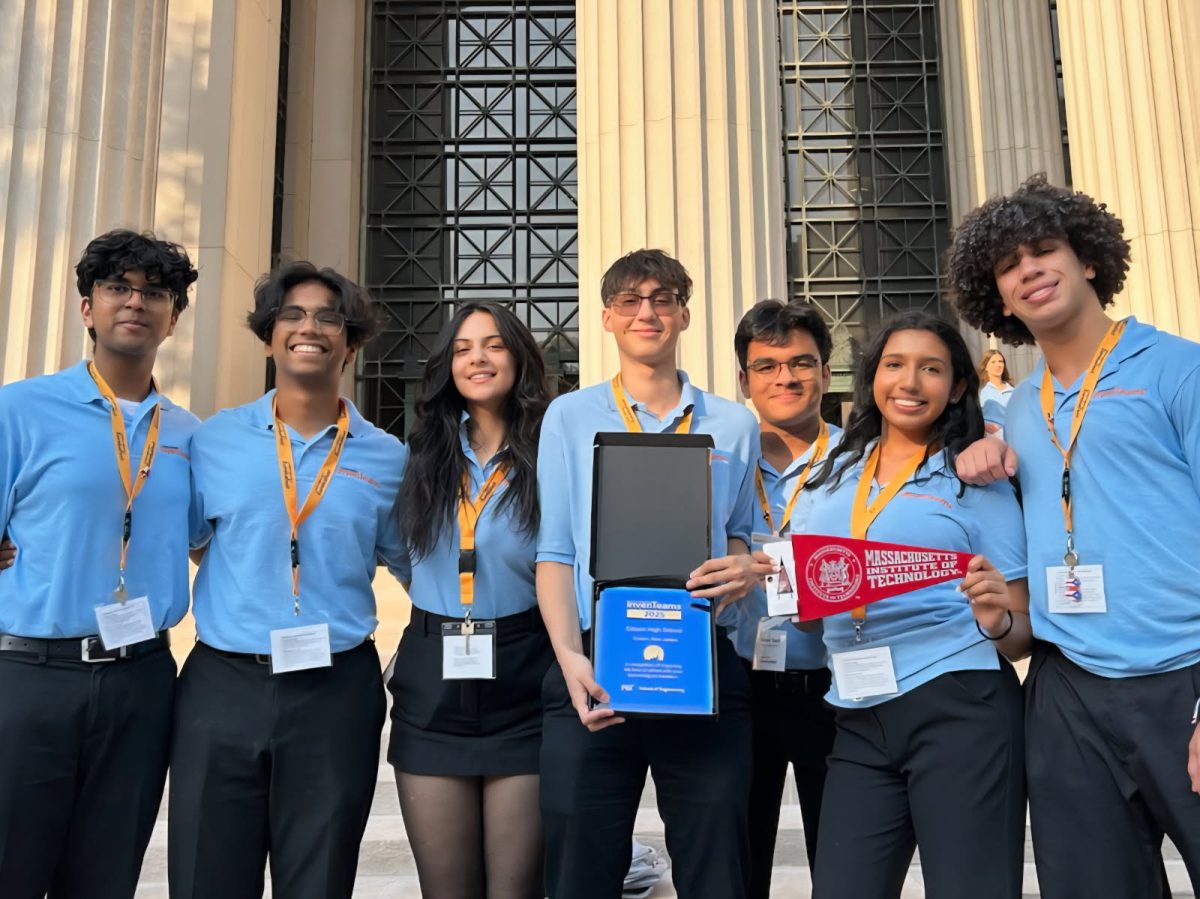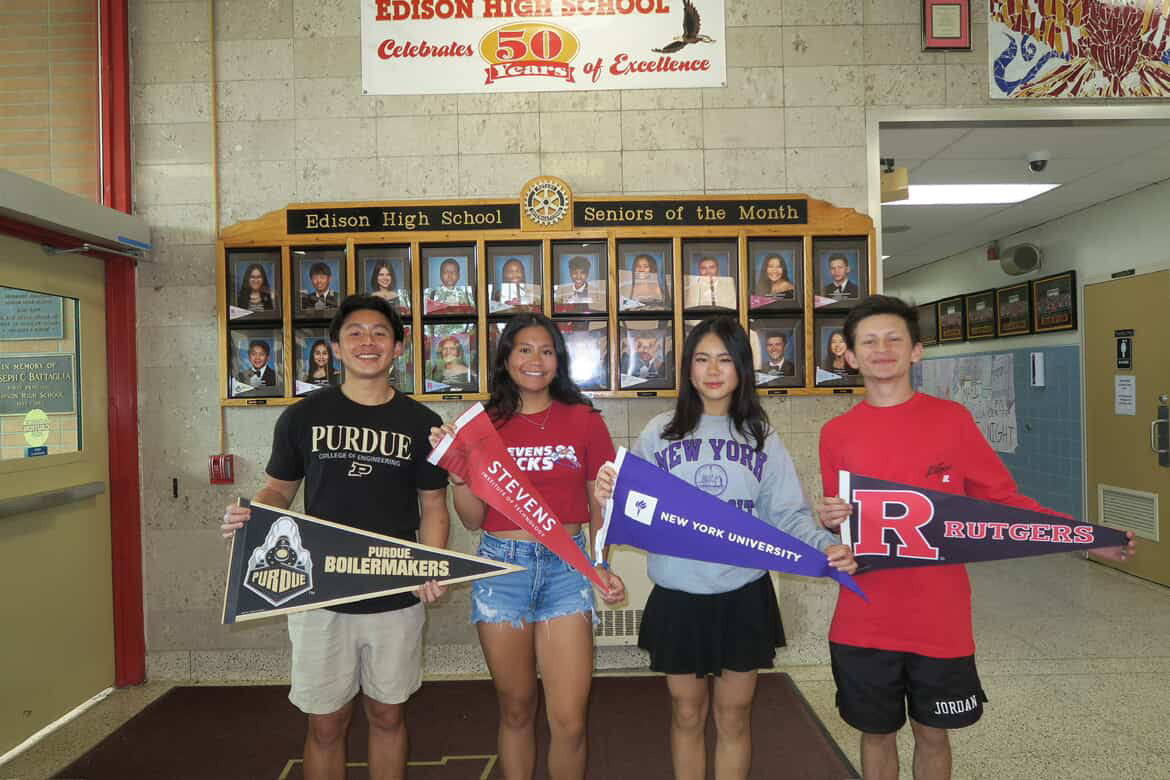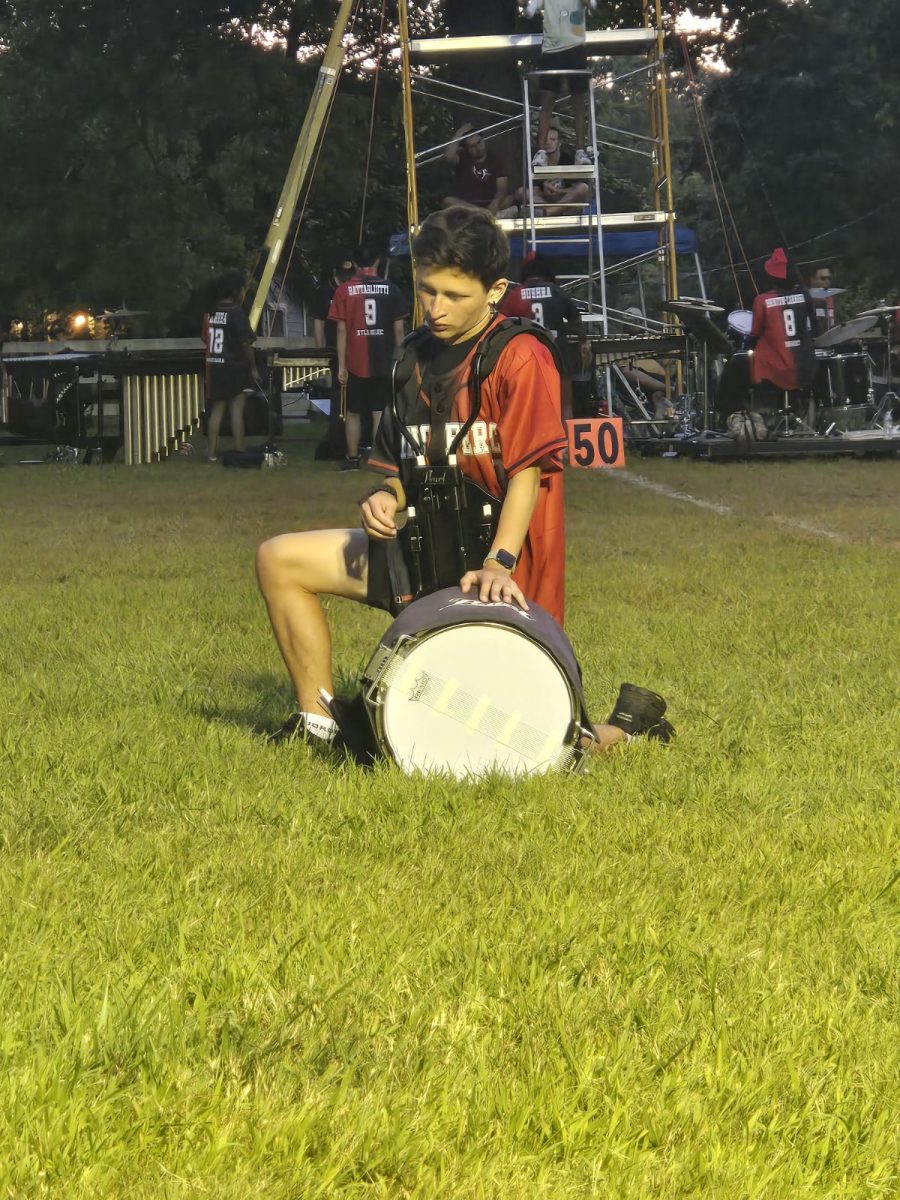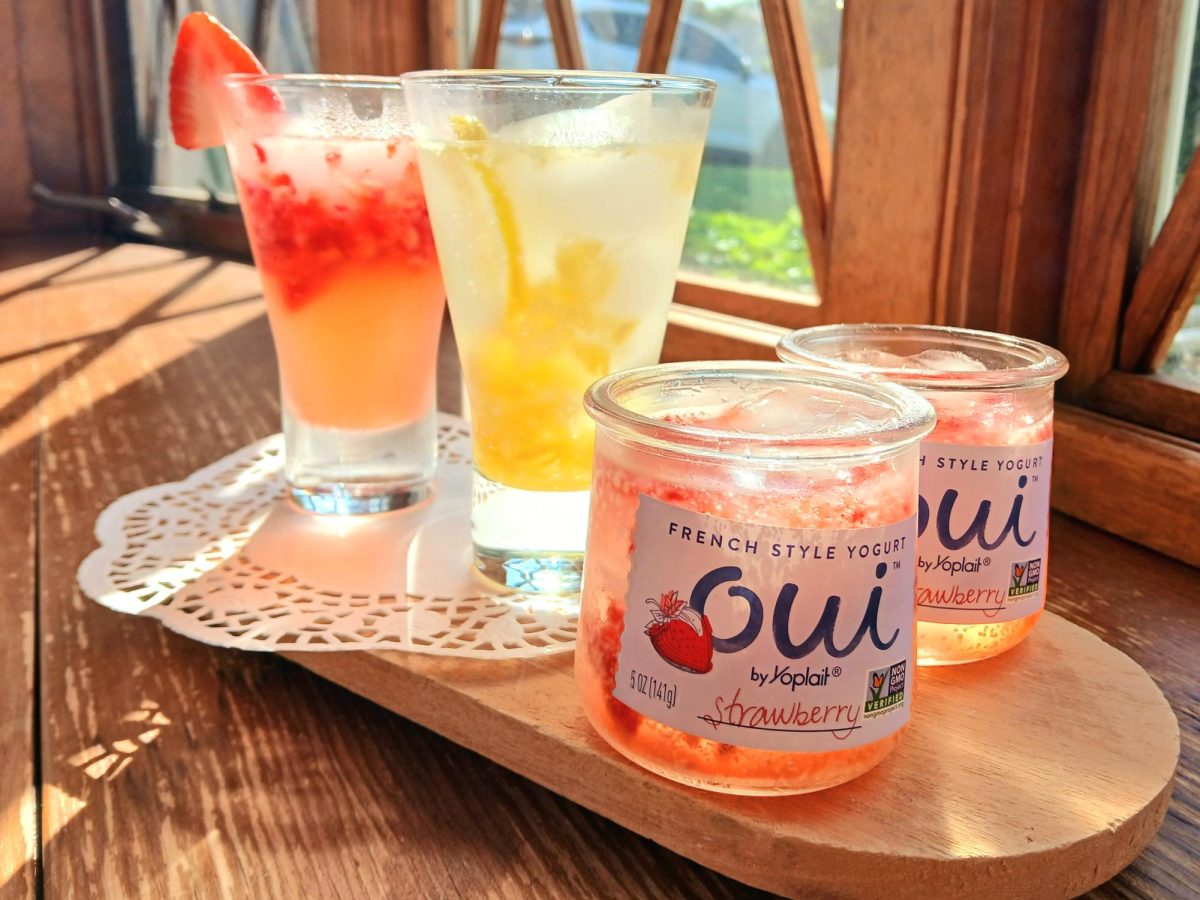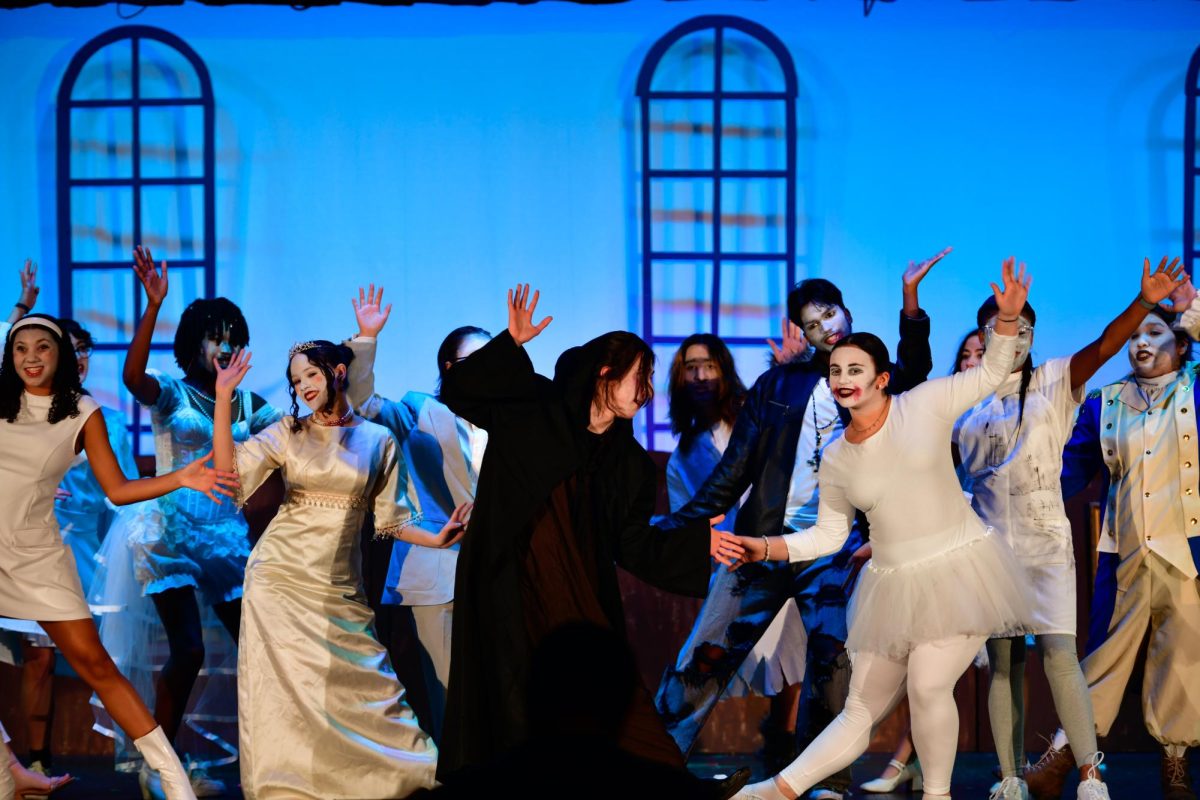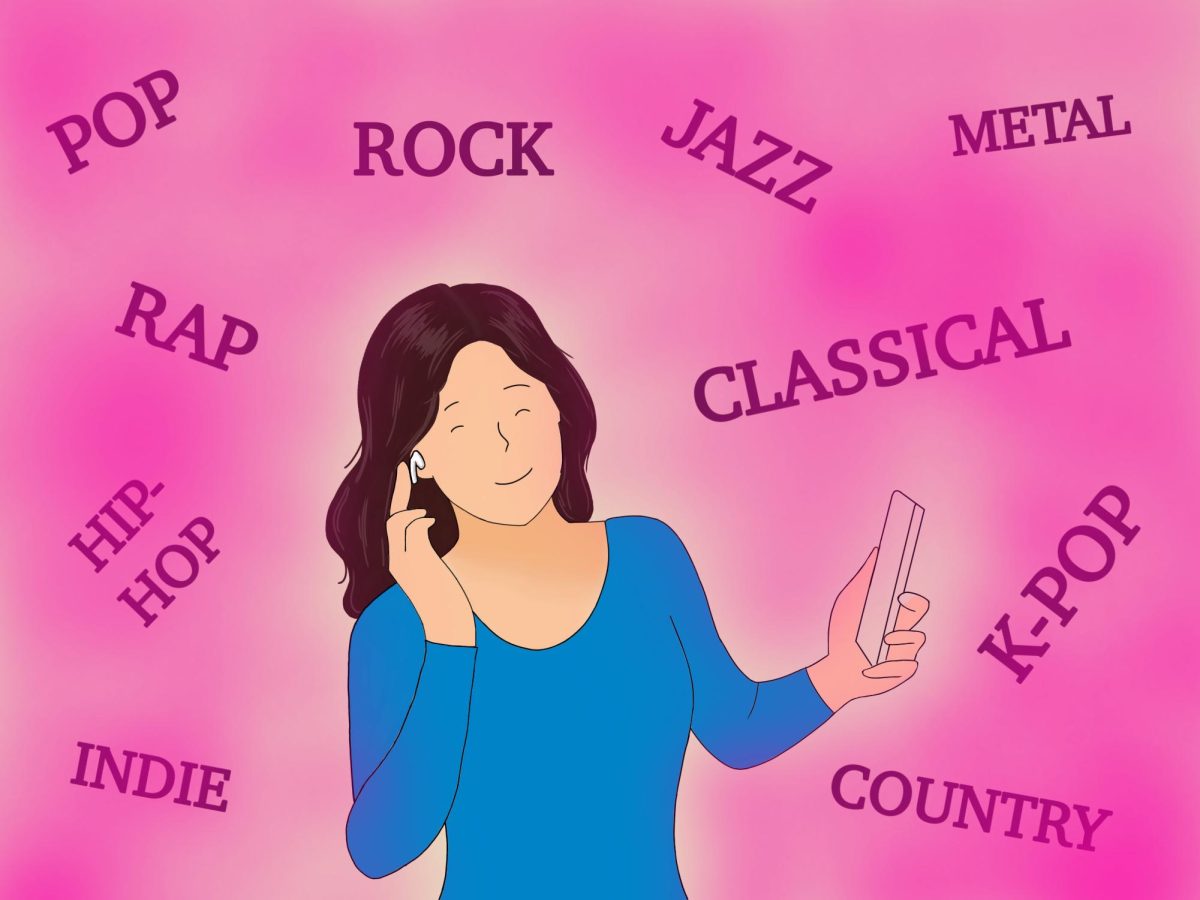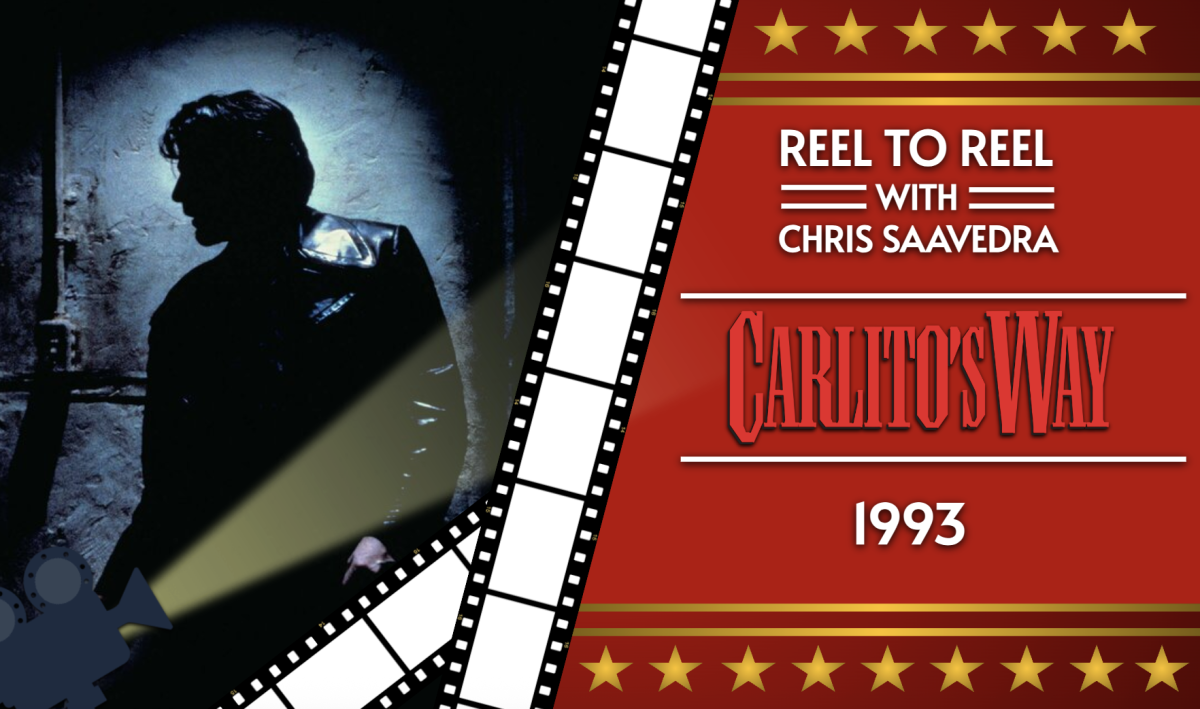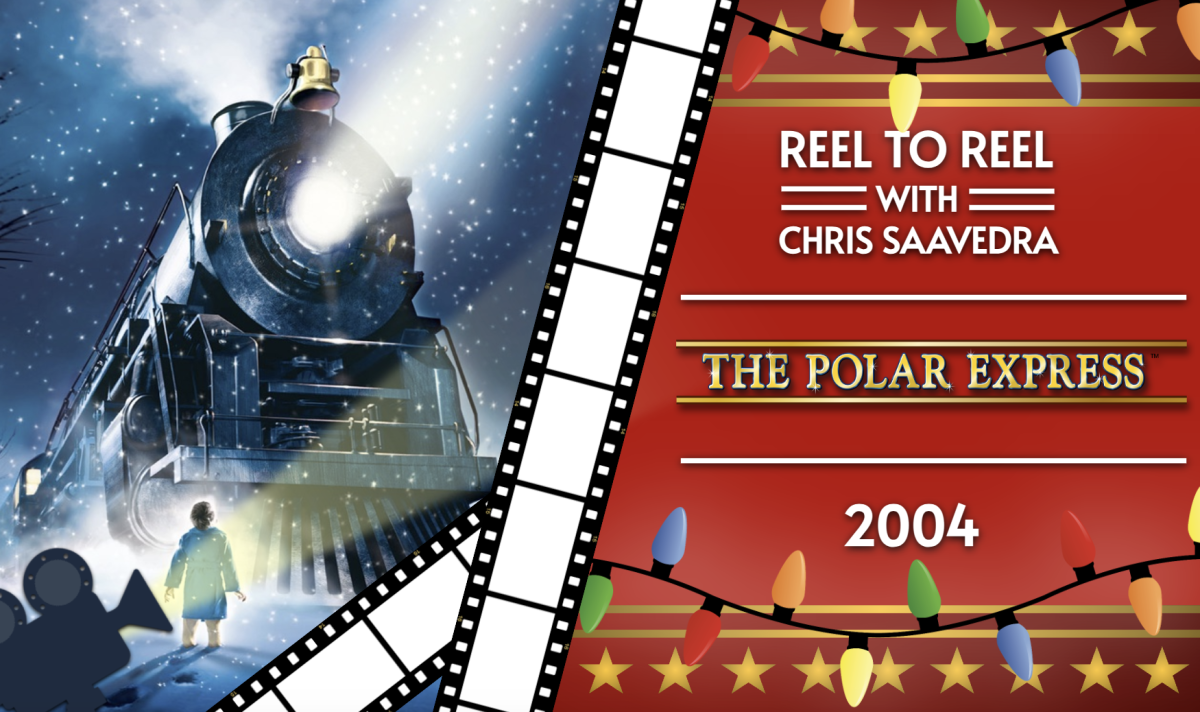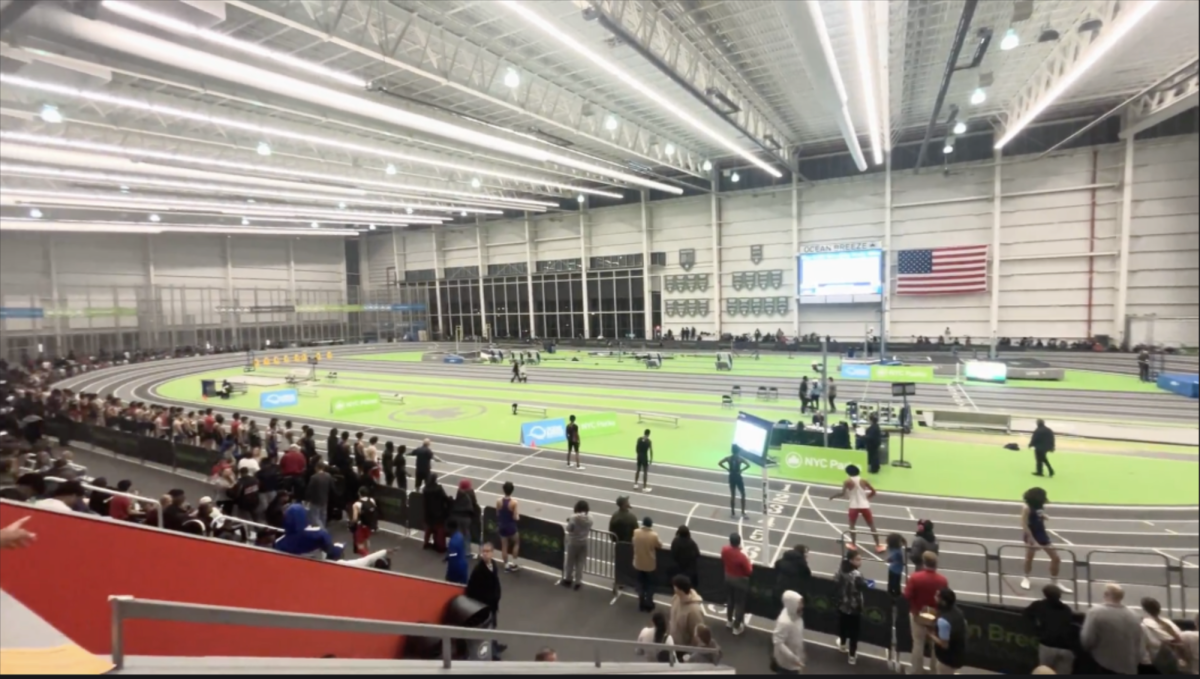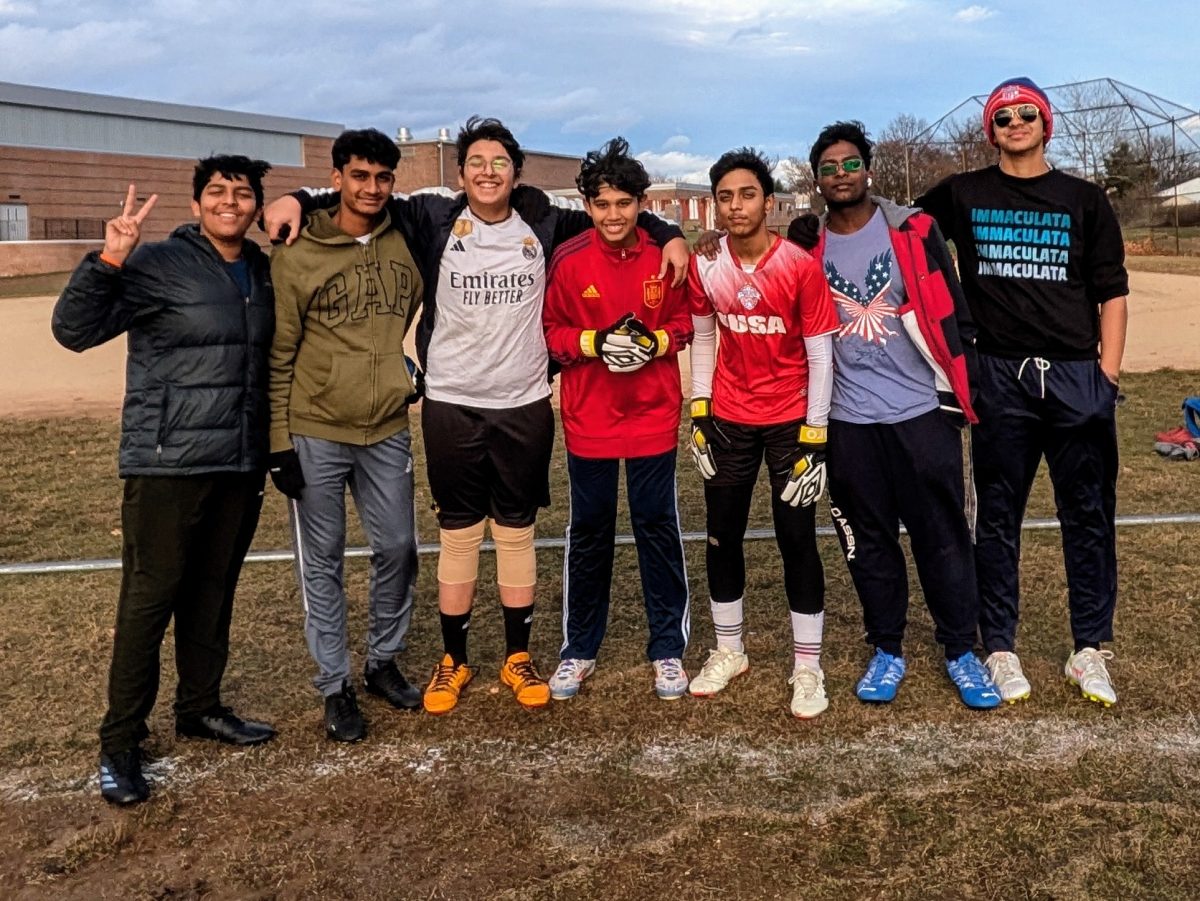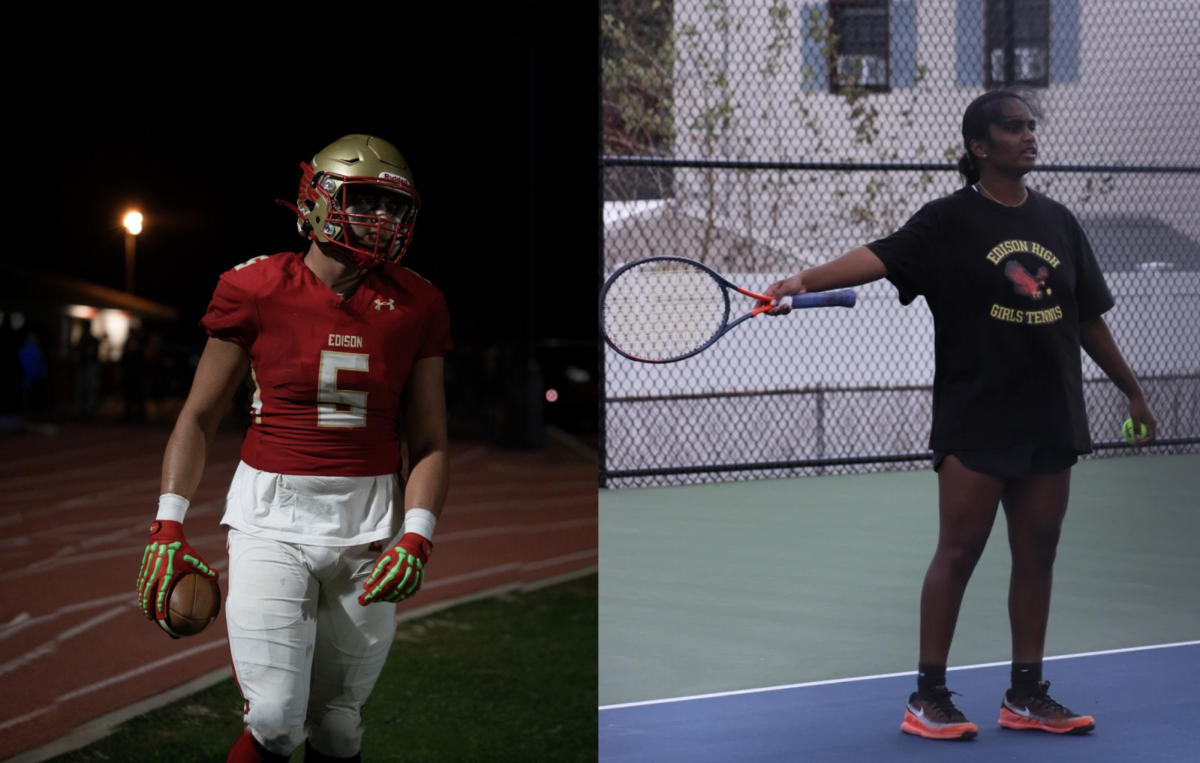Over the past twenty years, the music industry has undergone a significant transformation, driven by technological advancements and the rise of the Internet, with Gen Z (1995-2012) being the primary consumers of music. Similar to the change in the creation, distribution, and consumption of music, the tastes and preferences of Gen Z listeners have also transformed over time.
As of 2025, 42% of Gen Z listens to hip-hop. Artists like Kendrick Lamar, with his hit “Not Like Us,” showcase Gen Z’s preference for authenticity and transparency. Pop music also remains popular, with 40% of the generation enjoying the works of artists like Billie Eilish, Olivia Rodrigo, and Sabrina Carpenter.
Compared to previous years, Gen Z’s music preferences have become more diverse, with a focus on authentic, evocative, and touching music. In addition, it seems like rather than traditional genres, there is a fusion of genres and creative songs and new styles in the music scene.
A shift in technology and tastes has led to the creation of more genre-blending and hybrid styles of music, with the rise and resurgence of genres such as Electronic Dance Music (EDM), DIY (do-it-yourself) & Bedroom Pop, Indie Pop, Lo-Fi, and others. Through platforms like Spotify and SoundCloud, Gen Z has developed a DIY spirit and approach to music, leading to the emergence of independent artists who gain more control over their music.
Artistic Expression
In essence, these genres are also similar in that they deliver a sense of authenticity and depth through their music. Songs like Billie Eilish’s “Birds of a Feather” and Gracie Abrams’ “That’s So True” are examples of such music that convey Gen Z’s want for authenticity, self-expression, and relatability. The resonance that their music has to the audience, specifically Gen Z, has led to a surge in popularity with such songs going into the Billboard Hot 100 charts and the artists winning awards for them.
Genre-Blending
This music scene has led to significant artistic expression and, as such, the rise of genres such as indie, electronic music, hyperpop, and alternative genres. A key aspect of these genres is their genre-blending styles as they are influenced by and cross over from other genres. For instance, indie pop includes elements of rock, pop, and electronic music, and is characterized by catchy melodies and DIY aesthetics. Electronic music is related to hip-hop, disco, and funk. Such examples come to show the current music environment, which is focused on experimentation, diverse sounds, and unique artistic expressions.
K-Pop
In a similar fashion, K-pop has continued to expand its global influence among Gen Z. Blending pop, hip-hop, and EDM, this music is characterized by catchy melodies, intricate choreography, and high production values. As its global fanbase continues to grow, groups like BTS and Blackpink have redefined pop music. K-pop’s live performances, distinct sounds, and blend of different styles have set it apart from other music, making it a trendsetter among Gen Z currently.
Hyperpop
As artists combine high-pitched vocals, processed sounds, distorted synths, glitchy beats, and fast tempos to create a crossover between pop, EDM, trap, and hip-hop, they create hyperpop. In 2025, Hyperpop has risen significantly as it isn’t just club music anymore. Some notable examples include Charli XCX’s “360” and 100 gecs’ “Hey QT.” With their unique sound and as they push boundaries for pop music, this genre has gained significant popularity and captivated the Gen Z audience.
Afrohouse, Afrobeats, and Amapiano
Afrohouse, Afrobeats, and Amapiano are all musical genres with African roots that have gained momentum recently. With increasing digital accessibility and cultural influence, African music has been getting international attention and is influencing trends worldwide.
Afrohouse is a genre originating in South Africa, blending kwaito, deep house, and soulful house. Artists like Da Capo, Disclosure, and Shimza are popular as they are known for their deep, cinematic productions and the emotional depth expressed through their afrohouse music. Amapiano is also from South Africa and is characterized by piano melodies, deep basslines, and smooth rhythms. DJ Maphorisa, Kabza De Small, Tyler ICU, and Kelvin Momo are all established artists who have pioneered and popularized this genre through catchy songs and innovative music.
Afrobeats, originating in West Africa, mixes traditional rhythms with modern production techniques, incorporating elements of highlife, hip-hop, and R&B. Established artists like Davido, Wizkid, Burna Boy, and Rema remain prominent, while others such as Black Sherif and Odumodublvck are emerging talents. Additionally, prominent artists such as Tyla, a South African pop star, have achieved global recognition and success with “Water” and by producing music that combines both Amapiano and Afrobeats.
As the vibrant African music industry is becoming increasingly popular due to talented artists, accessibility, and genre blending, it is on the path towards mainstream music.
Overall, Gen Z’s music preferences as of 2025 have become more diverse, with a focus on authenticity and emotional connection. This reflects and represents the changing landscape of the music industry and the influence the generation continues to have on music. As new genres, music, and trends emerge, Gen Z’s music tastes will continue to evolve and influence the music environment.

